Baby Diaper
Navigating the world of Baby Diapers, particularly diapering, is an adventure sprinkled with challenges and countless heartwarming moments. Among the many questions that parents grapple with is the pivotal puzzle of diaper change frequency.
It’s a topic that weaves through the daily tapestry of parenthood, touching on health, comfort, and even environmental sustainability. In this comprehensive guide, we will walk you through how often to change your baby’s diaper and why, when, and where.
Here’s everything a parent needs to know about the intricate dance of diaper changes, from the birth of your little one to the moment they transition into potty training. Buckle up, and prepare for a voyage into baby diapering.
Introduction To Diapering: Understanding The Basics
Before we dive into the layers of baby diapering, it’s crucial to understand the underlying basics. Diapering isn’t just about wrapping your baby’s bottom in a fresh cloth or disposable diaper— it’s a foundation of baby diapers that impacts your child’s health, development, and comfort.
The Importance Of Diaper Hygiene
Diapers serve as the frontline defense against one of childcare’s most unavoidable and persistent byproducts: bodily waste. Proper diaper hygiene is a vital component of keeping your baby healthy. Failing to maintain clean and dry conditions can result in diaper rashes, urinary tract infections, and other health concerns.
Overview Of Diaper Types: Cloth Vs. Disposable
The choice between cloth and disposable diapers often sparks debate among parents. Cloth diapers are lauded for being eco-friendly and cost-effective in the long run, while some praise disposables for their convenience. Each type has its merits and drawbacks, and the best choice is one that aligns with your family’s lifestyle and values.
| Type | Pros | Cons |
| Cloth Diapers | Eco-friendly and cost-effective in the long runReusable | Requires washing Less absorbentNeeds a snug fit |
| Disposable Diapers | Highly absorbentConvenient for travel, Single-use | More expensive over time Environmental impact potential for allergies |
Frequency Of Baby Diaper Changes For Newborns
For new parents, the frequency of baby diaper changes can be shocking. Newborns have little control over their bladder and can urinate up to 20 times a day, which calls for a meticulous and frequent diaper change regimen.
| Age | Diapers per Day |
| First week | Up to 12 |
| 1-4 weeks | 8-12 |
| 1-3 months | 6-8 |

The 1-Hour Rule
A general rule of thumb is to check for wetness every hour and change the diaper if necessary. However, this may vary depending on your baby’s age, health, and diet. If you notice that your newborn is wetting their diaper more frequently or has a rash, it may be necessary to increase the frequency of changes. Nighttime Diaper Changes
For new parents, sleep is precious and hard-earned. It’s understandable to want to minimize nighttime disruptions as much as possible. However, it’s crucial to strike a balance between your baby’s comfort and hygiene. Consider investing in overnight diapers, which are designed to absorb more and keep your baby dry for longer periods.
Diaper Changes For Older Babies And Toddlers
As your baby grows and develops bladder control, the frequency of diaper changes will decrease. On average, babies reach this milestone at around six months old. The recommended number of daily diaper changes for older babies and toddlers is between six to eight times, depending on their individual needs.
Understanding Meconium And Early Elimination Patterns
In the first days after birth, your baby will pass meconium, a thick, tar-like stool that is a mix of amniotic fluid, mucus, and other materials found in the womb. This will gradually transition to a yellowish color as feeding patterns are established and the baby’s digestive system matures.
Recognizing The Need For A Change: Signs To Watch For Your baby’s non-verbal cues are the roadmap to knowing when a diaper change is due. Understanding these signals is key to maintaining your baby’s comfort and health.
Body Language And Discomfort Babies communicate through body language. A dirty or wet diaper can leave them squirming, irritable, or crying. Paying close attention to these cues is essential.
Growth Phases: Changing Needs
As your baby grows, their baby diaper changing needs evolve. Infants and toddlers have different patterns and cues that warrant a change.
Mobility And Movement
As your little one starts to roll, crawl, and eventually walk, they will require more frequent diaper changes. This is because the increased movement can cause the diaper to shift or leak, leading to discomfort and potential messes.
Understanding Newborn Needs
The fragility of a newborn’s skin and their frequent urination call for immediate attention to diaper changes. Parents of newborns quickly become adept at gauging the need for a change through the volume and odor of liquids and solids.
How Diapering Needs Change As Your Baby Grows
From the first weeks of life through the toddler years, your baby’s changing needs require flexibility in your diapering routine.
| Age | Diaper Changes Per Day |
| Newborn | 8-12 times |
| 1-5 months | 8-10 times |
| 5-9 months | 6-8 times |
| 9-12 months | 6-8 times |
Milestones And Changes In Feeding
Growth spurts, teething, and changes in feeding patterns all influence how often diapers need to be freshened. Be prepared to adjust your routine accordingly.
Adjusting To Your Baby’s Evolving Schedule
Babies are renowned for their unpredictability, but patterns do emerge over time. Recognizing and adapting to these schedules will help regulate your diaper-changing habits.
Creating A Routine That Suits You And Your Baby
Consistency is key to managing a baby’s needs. Establishing a routine that considers your lifestyle and your baby’s natural rhythm can offer predictability on an otherwise unpredictable day.
Balancing Sleep With Diaper Changes
Nighttime diapering is a unique challenge, as the quantity and frequency of changes must be balanced with the need for sleep.
Overnight Diapering For Uninterrupted Sleep
Investing in high-absorbency diapers or nighttime-specific models can help minimize the number of changes needed while ensuring that your baby (and you) gets a good night’s sleep.
When To Change Your Baby’s Diaper Overnight
Deciphering when to change a diaper overnight can be tricky, but is crucial for ensuring your baby sleeps soundly through the night.
| Diaper Status | Action |
| Heavy or sagging | Change immediately. |
| Soiled | Change to avoid irritation. |
| Only mildly wet | Consider waiting until morning. |
| Baby is awake and fussy | Gentle change may soothe back to sleep. |
Determining The Best Balance For All Involved
Each family will find a different balance for handling diaper changes overnight. This may involve timed changes or opting for overnight solutions to extend the time between changes.
Understanding Baby’s Diet And Diaper Changes
Your baby’s diet has a significant impact on how often you need to change your diaper. Milk, whether from breastfeeding or formula, will result in differences in stool patterns and frequency of wetness.
Breast Milk, Formula, And Diaper Habits
Breast milk is easily digestible and results in more frequent but softer stools. Formula-fed babies might have less frequent, firmer stools with a different odor.
The Impact Of Feeding On Diaper Change Frequency
How often you feed your baby and the type of food they eat can have a direct impact on their diaper hygiene.
Frequency And Volume Of Feeding
Whether breastfeeding on demand or sticking to a formula schedule, the frequency and volume of feedings directly correlate to wet and soiled diapers.
Solid Foods And Diaper Change Dynamics
The introduction of solid foods into your baby’s diet will dramatically change their stool patterns and the contents of their diaper.
| Age | Food Type | Expected Diaper Changes |
| 0-6 months | Milk (Breastmilk/Formula) | Frequent, softer stools |
| 6+ months | Introduction to solids | Less frequent, firmer stools |

Transitioning To Solid Food Diaper Changes
Be prepared for more significant changes in your diaper routine as your baby transitions to eating solid foods. Expect changes in stool consistency, frequency, and odor.
Diaper Rash: Prevention And Impact On Changing Frequency
Diaper rash can complicate the diaper change process, as sensitive skin may require more frequent and gentle cleaning.
The Role Of Moisturizing Barriers
Applying a light layer of diaper cream or barrier ointment at each change can help prevent rashes and protect your baby’s delicate skin.
Illness And Increased Diaper Changes
During illness, especially stomach-related illnesses, diaper changing frequency can skyrocket.
| Illness | Diaper Change Frequency |
| Diarrhea | After each bowel movement |
| Cold | May remain the same or increase |
Recognizing the Need for Extra Care
When your baby is unwell, pay special attention to their diaper hygiene. Increased changes can prevent added discomfort and risk of skin irritations.
Time-saving Tips For Efficient Diaper Changes
Balancing a busy life with frequent diaper changes requires efficiency. Here are some time-saving tips for streamlining the process.
Techniques For Quick Diaper Changes
Mastering the art of quick change can help you manage your day more effectively. Learn to change efficiently without sacrificing thoroughness.
Organizing Your Diaper Changing Station
An organized diaper-changing station can make the chore more manageable. Keep essentials within arm’s reach to avoid leaving your baby unattended.
Must-haves For Every Changing Table
Ensure your charging station is stocked with diapers, wipes, creams, and any other items you need. A well-organized station can save time and stress during changes.
Quick And Effective Diaper-Changing Techniques
Speed and efficiency are key when it comes to diaper changing. Discover techniques that can save precious minutes and reduce stress for both you and your baby.
Learn and practice different diapering styles to find the method that you can quickly and confidently execute every time.
Monitoring Diaper Changes For Health Insights
Your baby’s diaper habits can act as a diagnostic tool, providing insights into their health.
Normal Patterns And Red Flags
Become familiar with what constitutes “normal” for your baby. Sometimes, changes in frequency, color, or odor can signal a health issue that needs attention.
The Relationship Between Diaper Habits And Baby’s Health
Understand the correlation between frequent changes and your baby’s overall health. A healthy baby means a happy baby, and vice versa.
Addressing Health Concerns With Your Pediatrician
If you’re concerned about your baby’s diaper habits, don’t hesitate to consult your pediatrician. They can provide guidance and reassurance.
Keeping A Diaper Change Log: When And Why It Helps
For the data-oriented parent, keeping a diaper change log can be a useful tool for monitoring and understanding your baby’s needs.
| Time | Diaper Condition | Notes |
| Morning | Wet | Normal hydration |
| Afternoon | Soiled | Check for color, texture |
| Evening | Wet and soiled | Possible feeding reactions |
The Benefits Of Tracking Diaper Changes
A log can help establish patterns, recognize irregularities, and maintain clear communication about your baby’s health with caregivers and your pediatrician.
The Role Of Diapers In Potty Training
As your baby grows, the purpose of diapers shifts from containment to training.
Recognizing Readiness For Potty Training
Every child is different, but there are general signs that they may be ready to transition out of diapers. Timing this transition is as important as the technique itself.
Transitioning From Diapers To Potty: How Change Frequency Diminishes
Potty training reduces the frequency of full diaper changes, a victory for both parents and toddlers.
| Stage | Diaper Use | Change Frequency |
| 1. Beginning | Regular | Same as before training |
| 2. Middle | Mix of diapers/potty | Less than before |
| 3. Proficient | Occasional/Nighttime | Rarely; only as needed |
Ups and Downs of the Training Process
The road to successful potty training can be rocky. Expect accidents and setbacks, but know that each step forward is a step in the right direction.
Disposable Diapers And The Environment
The convenience of disposable diapers comes with an environmental cost. As a parent, you may wonder how to balance your baby’s needs with the planet’s health.
The Eco-Footprint Of Disposables
Disposable diapers are a significant source of landfill waste. Understanding their impact can help you make informed choices about your diapering practices.
Environmental Impact Of Disposable Diapers
The sheer volume of disposable diapers used worldwide is staggering. Explore the numbers to better comprehend the impact on the environment.
Eco-friendly Alternatives And Reducing Frequency Of Changes
Making eco-friendly choices in diapering doesn’t necessarily mean using cloth. Discovering and adopting greener disposables is a growing trend that can reduce your carbon footprint.

Dealing With Diaper Leaks And Blowouts
Diaper leaks and blowouts are facts of parenthood that are rarely pleasant but often preventable.
Common Causes And How To Minimize Them
Discover the common culprits of leaks and blowouts and learn strategies for containment and prevention.
Common Causes Of Diaper Leaks
From improper fit to over-saturation, leaks have some potential causes. Diagnose the issue to find the proper solution.
Strategies To Prevent Frequent Clothing And Diaper Changes
A few simple adjustments to your diapering routine can considerably cut down on the number of clothing changes you make in a day.
Conclusion: Tailoring Diaper Change Frequency To Your Baby
Diaper change frequency isn’t one-size-fits-all. Each baby is unique, and parental judgment is a powerful tool in determining when a change is needed.
Recognizing Your Baby’s Unique Needs
Perhaps the most important takeaway is that your baby is an individual with individual needs. Trust your instincts and your bond with your child to guide you in this and all matters of parenting.
FAQ Section
How Often Should Newborns Get A baby Diaper Change?
Newborns typically need to be changed every 1 to 3 hours, or as soon as they have a wet or dirty baby diaper.
What Are Signs A Diaper Needs Changing?
Frequent checking for wetness, a soiled appearance or odor, and your baby’s discomfort or fussiness are all signs that a diaper change is needed.
Can Skipping Diaper Changes Harm My Baby?
Frequent diaper changes are essential for good hygiene and to prevent diaper rash. However, an occasional missed change is unlikely to cause harm.
Is It Necessary To Change A Diaper After Every Pee?
For the most part, yes. Frequent wetness can lead to discomfort and an increased chance of diaper rash. However, if your baby’s diaper is high-quality and designed for maximum absorbency, it may not need to be changed immediately after every wetness.
Conclusion
Understanding the nuances of baby diaper change frequency is an ongoing process. By incorporating the insights and tips provided in this article, you are well on your way to mastering the art of diapering, a key element in the care of your precious little one. Remember, it’s not just about the number of changes you make; it’s about the love and attention you provide to each one.



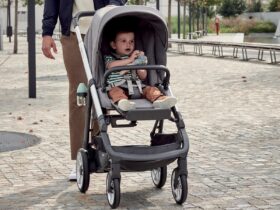



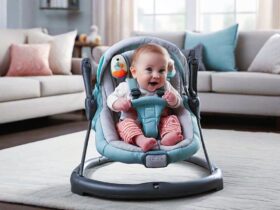
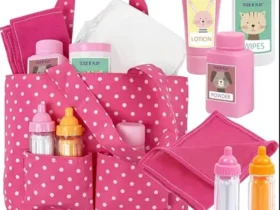

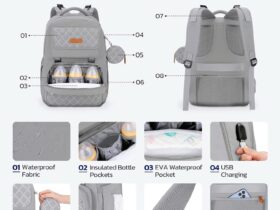


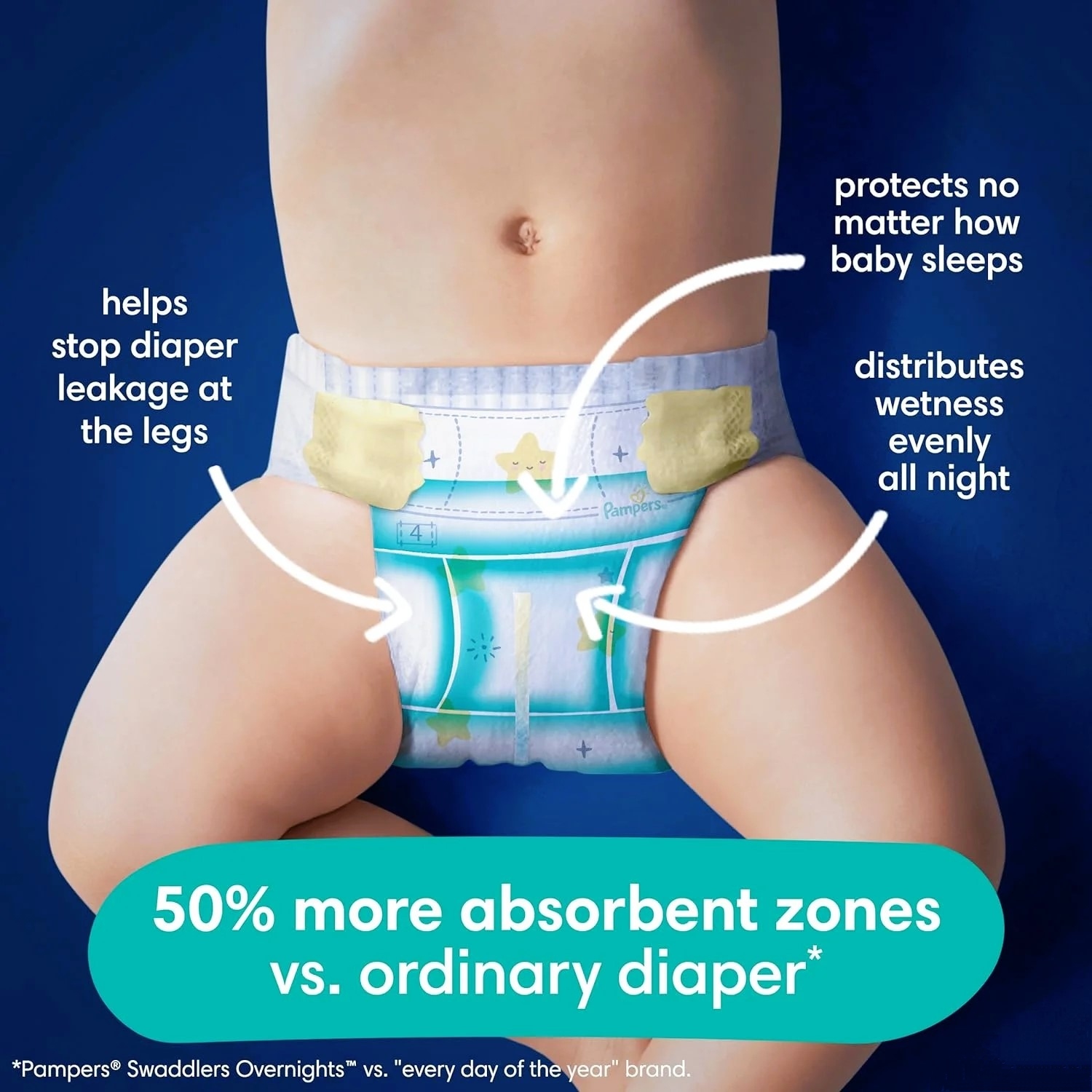

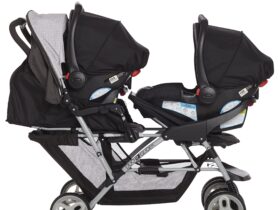






Leave a Review